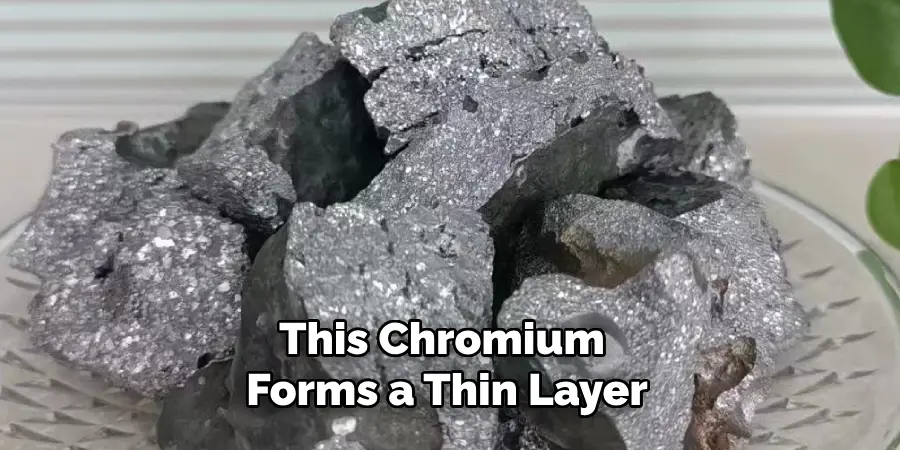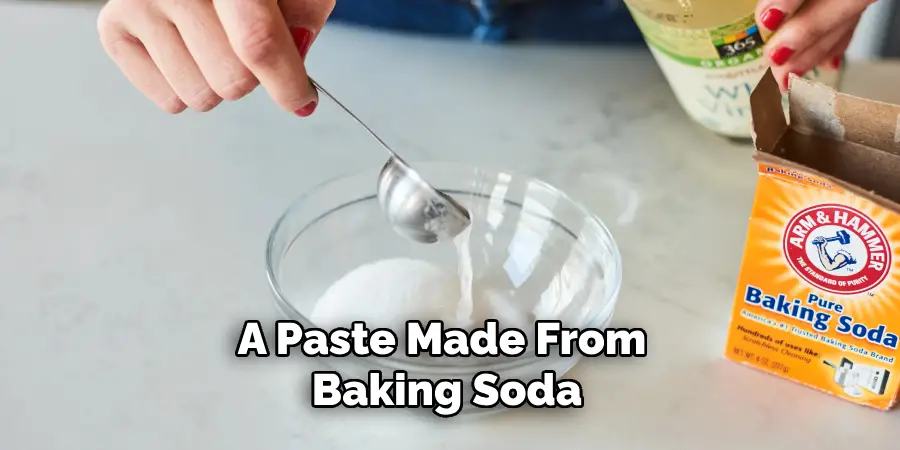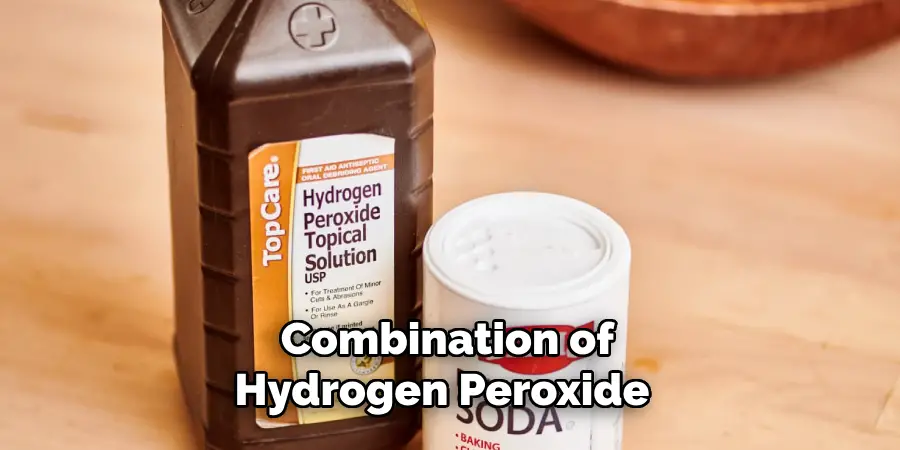Cleaning a stainless steel coffee pot is essential to maintain its shine, functionality, and the taste of your coffee.

Over time, coffee oils and mineral deposits can build up inside the pot, affecting both its appearance and performance. Proper cleaning not only extends the life of your coffee pot but also ensures each brew tastes fresh and delicious. Stainless steel, known for its durability and resistance to corrosion, requires specific cleaning methods to prevent scratches and stains.
In this guide, we will walk you through the steps for how to clean stainless steel coffee pot using simple, household materials. From daily maintenance tips to deep cleaning techniques for stubborn stains and buildup, we’ll cover everything you need to know to keep your coffee pot looking and working like new.
Whether you’re a daily coffee drinker or an occasional sipper, learning how to clean your stainless steel coffee pot properly will enhance your coffee experience and prolong the life of your appliance.
Characteristics of Stainless Steel
Stainless steel is a highly sought-after material known for its durability, resistance to corrosion, and sleek appearance.
At its core, stainless steel is an alloy primarily composed of iron, with a minimum of 10.5% chromium content by mass.

This chromium forms a thin layer of oxide on the steel’s surface, commonly referred to as the “passive layer,” which prevents rusting and makes the material highly resistant to corrosion.
Additionally, stainless steel can contain other elements such as nickel, molybdenum, and titanium, which enhance its properties and performance under various conditions.
One of the key characteristics of stainless steel is its non-porous surface, which makes it resistant to stains and easy to clean.
This attribute is particularly beneficial for kitchen appliances like coffee pots, where cleanliness and hygiene are paramount. Stainless steel is also known for its ability to withstand high temperatures, making it ideal for use in cookware and household appliances.
Its strength and toughness ensure that products made from stainless steel can endure frequent use and last for many years.
10 Methods How to Clean Stainless Steel Coffee Pot
1. Daily Rinse and Dry
The simplest way to maintain a stainless steel coffee pot is through a daily rinse and dry routine. After each use, empty any remaining coffee and rinse the pot thoroughly with hot water. This helps to remove coffee oils and residues that can accumulate and cause stains or odors. Use a soft sponge or cloth to wipe down the interior and exterior of the pot.
Make sure to reach all corners and crevices to remove any lingering particles. After rinsing, dry the pot thoroughly with a clean, soft cloth to prevent water spots and mineral deposits. This daily routine ensures that your coffee pot remains clean and ready for use, extending its lifespan and maintaining the flavor of your coffee.
2. Mild Dish Soap and Warm Water
For a more thorough cleaning, especially if the coffee pot has built-up residue or stains, using a mild dish soap and warm water solution can be very effective.

Fill the pot with warm water and add a few drops of gentle dish soap. Use a soft sponge or brush to scrub the interior and exterior of the pot, paying special attention to any stained or greasy areas.
Make sure to clean the lid and spout as well, as these areas can also accumulate residue. After scrubbing, rinse the pot thoroughly with warm water to remove any soap residue, and dry it completely with a soft cloth.
3. White Vinegar Solution
White vinegar is an excellent natural cleaner that can effectively remove stains, odors, and mineral deposits from a stainless steel coffee pot. Fill the pot halfway with equal parts white vinegar and water.
Allow the solution to sit for about 15-30 minutes, which helps to dissolve any buildup inside the pot. After soaking, use a soft brush or sponge to scrub the interior.
For stubborn stains, you can let the vinegar solution sit overnight. Once you’re done scrubbing, rinse the pot thoroughly with warm water to remove any vinegar residue, and dry it with a soft cloth.
4. Baking Soda Paste
A paste made from baking soda and water can be used to clean stubborn stains and residues in a stainless steel coffee pot. Mix a small amount of baking soda with enough water to form a thick paste. Apply the paste to a soft sponge or cloth and gently scrub the interior and exterior of the pot.

Baking soda is a mild abrasive that can help lift stains without scratching the stainless steel surface. After scrubbing, rinse the pot thoroughly with warm water to remove any baking soda residue, and dry it with a soft cloth.
5. Lemon Juice and Salt
Lemon juice and salt can create an effective natural cleaner for your stainless steel coffee pot. The acidity of the lemon juice helps to break down stains and mineral deposits, while the salt acts as a gentle abrasive. Squeeze the juice of a lemon into the pot and add a tablespoon of salt.
Use a soft sponge or cloth to scrub the interior of the pot, focusing on any stained or greasy areas. After scrubbing, rinse the pot thoroughly with warm water to remove any lemon juice and salt residue, and dry it with a soft cloth. This method not only cleans but also leaves a fresh citrus scent.
6. Denture Tablets
Denture tablets can be surprisingly effective at cleaning a stainless steel coffee pot. These tablets are designed to remove stains and deposits from dentures, making them useful for cleaning coffee pots as well.
Fill the pot with warm water and drop in one or two denture tablets, depending on the size of the pot. Allow the tablets to dissolve and let the solution sit for about 15-30 minutes.
The effervescent action helps to lift stains and residues from the pot’s surface. After soaking, use a soft brush or sponge to scrub any remaining stains, then rinse the pot thoroughly with warm water and dry it with a soft cloth.
7. Hydrogen Peroxide and Baking Soda
A combination of hydrogen peroxide and baking soda can be an effective cleaner for tough stains and odors in a stainless steel coffee pot. Mix equal parts hydrogen peroxide and baking soda to form a thick paste.

Apply the paste to a soft sponge or cloth and gently scrub the interior and exterior of the pot. The hydrogen peroxide acts as a disinfectant and stain remover, while the baking soda provides gentle abrasion.
After scrubbing, rinse the pot thoroughly with warm water to remove any residue, and dry it with a soft cloth. This method is particularly useful for deep cleaning and deodorizing your coffee pot.
8. Stainless Steel Cleaner
For those who prefer commercial cleaning products, a stainless steel cleaner specifically designed for kitchen appliances can be very effective.
These cleaners are formulated to remove stains, fingerprints, and residues from stainless steel surfaces without causing damage. Follow the manufacturer’s instructions for the best results. Typically, you will apply the cleaner to a soft cloth or sponge and gently scrub the surface of the coffee pot.
Make sure to clean both the interior and exterior of the pot. After cleaning, rinse the pot thoroughly with warm water to remove any cleaner residue, and dry it with a soft cloth. Regular use of a stainless steel cleaner can keep your coffee pot looking new and shiny.
9. Avoiding Abrasive Materials
When cleaning a stainless steel coffee pot, it is crucial to avoid using abrasive materials such as steel wool, scouring pads, or harsh chemicals.
These substances can scratch the surface of the pot, causing it to lose its shine and become more prone to stains and corrosion. Instead, use soft sponges, cloths, and gentle cleaning solutions to maintain the integrity of the stainless steel.
If you encounter tough stains, it is better to use repeated applications of mild cleaners rather than resorting to abrasives. By avoiding abrasive materials, you can preserve the appearance and functionality of your coffee pot.
10. Regular Maintenance and Storage
Regular maintenance and proper storage are key to keeping a stainless steel coffee pot in excellent condition.
After each use, make sure to rinse and dry the pot thoroughly to prevent coffee stains and odors from developing. Perform a more thorough cleaning with vinegar, baking soda, or mild soap at least once a week, especially if the pot is used frequently.
When storing the coffee pot, ensure it is completely dry to prevent water spots and corrosion. Store the pot in a cool, dry place, away from direct sunlight and humidity.
Regularly inspect the pot for any signs of damage or wear, and address any issues promptly. Proper maintenance and storage will ensure that your stainless steel coffee pot remains a reliable and attractive part of your kitchen for years to come.
Conclusion
Maintaining a stainless steel coffee pot in optimal condition requires a combination of effective cleaning techniques and regular maintenance.
By using natural cleaners like vinegar, baking soda, and lemon juice, or commercial stainless steel cleaners, you can keep your coffee pot free from stains, odors, and residues.
Avoiding abrasive materials ensures the surface remains smooth and shiny, preventing damage and extending the pot’s lifespan. Thanks for reading, and we hope this has given you some inspiration on how to clean stainless steel coffee pot!
Edmund Sumlin is a skilled author for Metal Fixes, bringing 6 years of expertise in crafting a wide range of metal fixtures. With a strong background in metalwork, Edmund’s knowledge spans various types of fixtures, from decorative pieces to functional hardware, blending precision with creativity. His passion for metalworking and design has made him a trusted resource in the industry.
Professional Focus:
- Expert in Metal Fixtures : Edmund aesthetic specializes in creating durable and innovative metal fixtures, offering both appeal and functionality. His work reflects a deep understanding of metalworking techniques and materials.
- Sustainability Advocate : He is dedicated to using sustainable practices, ensuring that every fixture is crafted with eco-friendly methods while maintaining high-quality standards.
In his writing for Metal Fixes, Edmund provides valuable insights into the latest trends, techniques, and practical advice for those passionate about metal fixtures, whether they are professionals or DIY enthusiasts. His focus on combining artistry with engineering helps others discover the true potential of metal in design.


